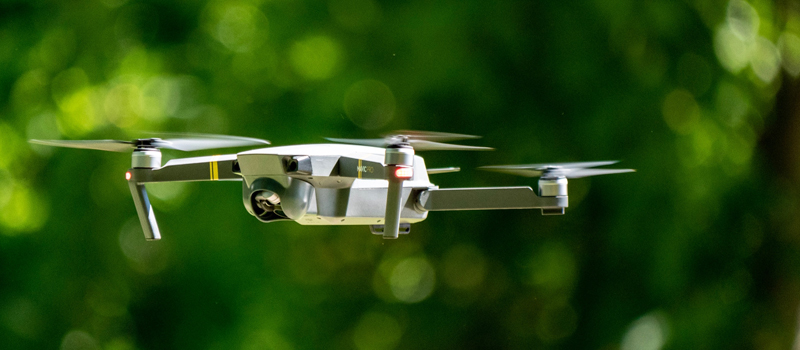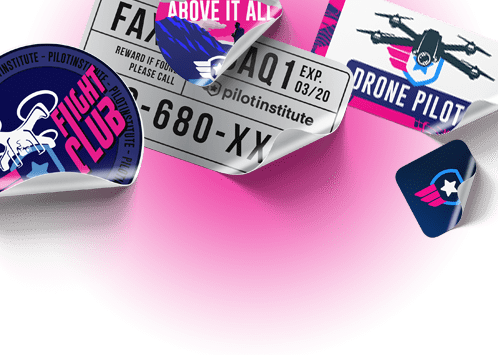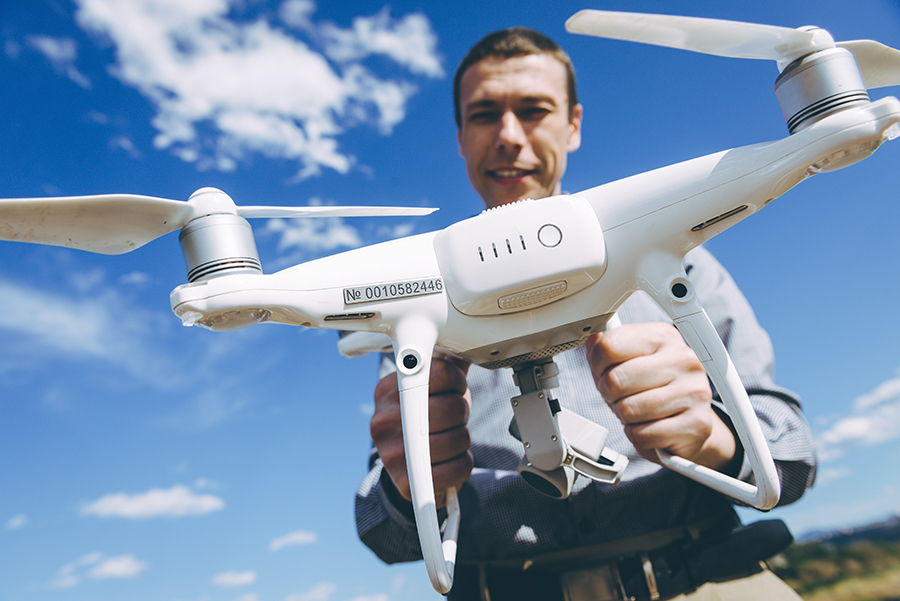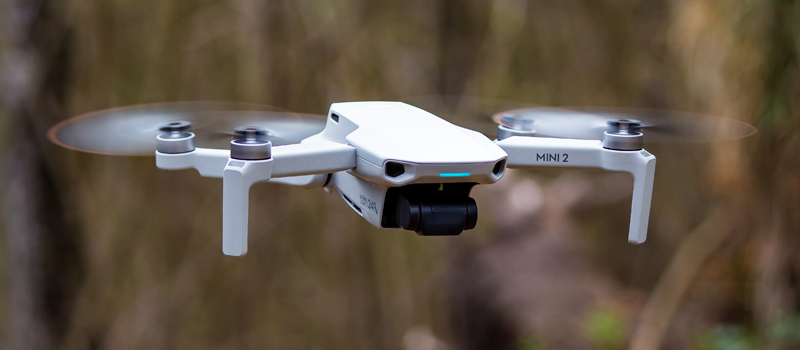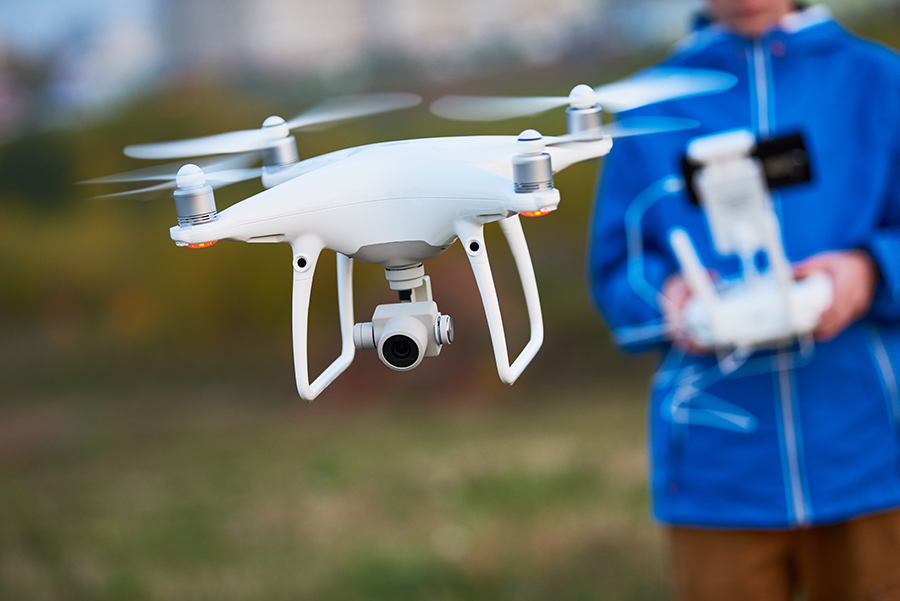The rate at which new drone models have been released in the last few years has been pretty impressive. This is especially true of the DJI Mavic line which seemingly gets updated every year. This has created a thriving market for second-hand drones.
As with any second-hand item, you’ll need to be a lot more prudent and discerning when buying a used drone. This isn’t just something that is kept inside pockets or placed on desktops – it’s a flying device that could have gone through its fair share of bumps and crashes. To make sure that you’re still getting a good product, here are the ten things you need to check.
1. How has the drone been used?
First things first – establish rapport with the seller. Ask why they are selling their drone and how it was used. Is the seller a commercial drone pilot or someone who just flies for fun? Are they selling their drone because they are no longer using it or because they are going to buy an upgraded version?
Communicating with the seller and asking for these details is also the best way for you to determine if they are trustworthy. Don’t be afraid to walk away from a seemingly good deal if something feels off.
2. Has the drone been registered?
Ideally, you will want to buy a drone that has been registered. The only acceptable exception is if the drone weighs less than 250 grams and has been flown only recreationally. This extra layer of security somewhat ensures that the drone was not used to do anything illegal.
For drones that were registered under recreational rules, there will be no need for the seller to de-register the drone. Under recreational rules, only the pilot needs to register with the FAA and there is no need for the drones to be registered individually.
Drones that have been registered under Part 107 will have to be deregistered. This can be easily done through the FAA Drone Zone website. As the new owner, you will have to register the drone anew. This also means removing any traces of the old registration number from the drone. This could be troublesome if the number had been engraved on the drone’s body.
3. Overall condition
Let’s move on to checking the drone physically. Look for any scratches, dents, or cracks on the body of the drone. This could be indicative that the drone had crashed at some point. This isn’t necessarily an issue (it happens) as long as it is disclosed by the seller.
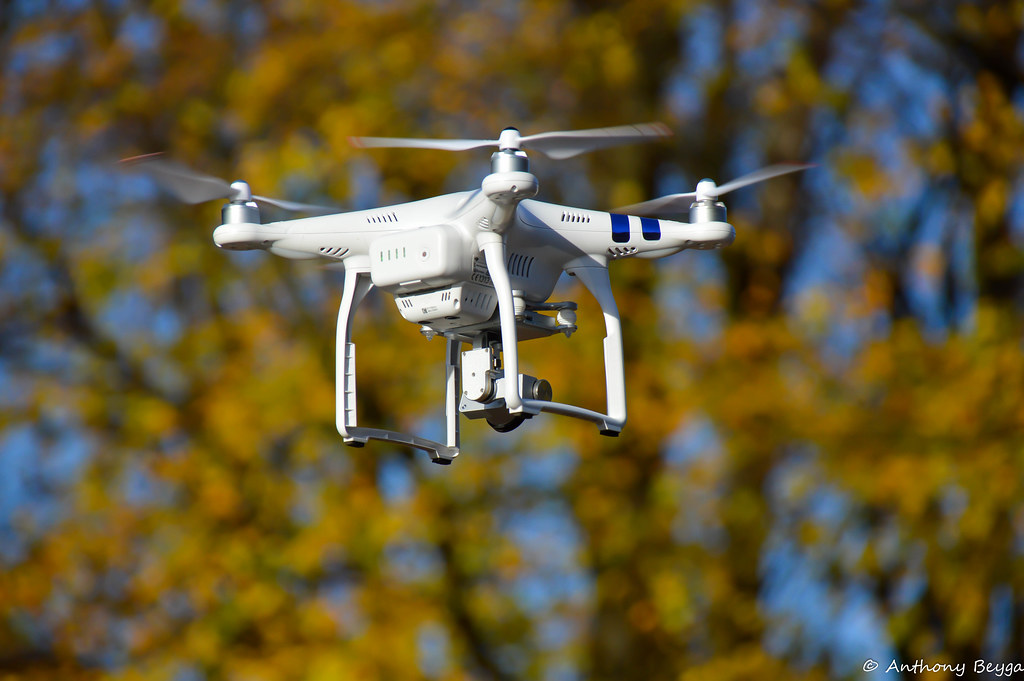
Also, be on the lookout for signs of humidity damage. This is most apparent in corroded metal screws or mounts. Some drone models could have humidity indicator stickers that turn a different color upon exposure to high levels of moisture. Keep in mind that a moisture-damaged drone could have a lot of problems with its electrical circuitry.
Other indicators of previous damage are signs that repairs have been done. These could include panels or parts that are seemingly mismatched. A used drone would look appropriately weathered. If the bottom panel or one propeller arm looks new, then that means that those parts have been replaced at some point in the life of the drone. Again, this might be a non-issue if the seller discloses this information voluntarily.
4. Battery condition
If the drone you’re buying comes with smart batteries, then you should be able to use a companion app to check how many cycles the battery has been through. This is a helpful metric in determining how much more you can get out of the battery before it needs to be replaced.
The standard acceptable value here is about 150 battery cycles. Anything more than that and the battery basically no longer has any commercial value. The cost of a new battery is something to take into account when buying a second-hand drone, in this case.
For drones that do not have smart functions, then a visual inspection will do. Look for the usual signs of battery damage such as corroded terminals or swelling. Even a slightly damaged battery should no longer be recharged or used.
5. Check the condition of the camera and gimbal

If you’re buying a camera drone, then there’s a good chance that the condition of its camera and gimbal assembly is very important to you. Although we already mentioned looking at the drone as a whole, special attention needs to be given to the camera and gimbal. These are, after all, small moving parts that can be easily damaged.
Things to look out for are any scratches on the camera’s lenses or traces of oil or dust. It’s also a good idea to look closely during the drone’s startup sequence and make sure that the gimbal moves along its maximum motion range uninterrupted.
6. Check the flight logs
The seller should be able to tell you how many hours they have flown with the drone. Don’t take their word for it – ask to see the drone’s flight logs. This should be easy enough to access using an app or desktop software.
A drone that has been used for a few hundred hours of flight will likely be due for some major maintenance soon. However, a drone that has logged many hours of flight isn’t necessarily a bad buy. Highly experienced drone pilots keep their drones in very good condition through regular maintenance and replacement of parts. This is, perhaps, one of the best things about buying a drone from a professional.
7. Do a test flight
The ultimate test for any drone, of course, is a test flight. If you have enough experience, the seller should be comfortable putting the controller in your hands. Run the drone through the whole gamut of testing procedures – taking off, landing, doing maneuvers (roll, pitch, yaw, and any combination thereof).
Also worth testing are the auxiliary parts including the camera, gimbal, and obstacle detection sensors. If you have favorite camera modes, then take the time to take photos and videos using them. Watch out for signal dropouts or any controls that feel sluggish – remember that you can always walk away if the flight doesn’t feel right.
8. Does it have remaining warranty?
With the speed at which new drone models are being launched nowadays, it’s become common to see second-hand drones in the market that still have active warranties. A few months of warranty can add huge value to a second-hand drone. This should help allay any concerns of receiving a slightly damaged drone, although we still recommend reading on the terms of the warranty.
9. Accessories

Most sellers would throw in a few accessories with the drone including carrying bags, charging hubs, spare propellers, and extra batteries. Check on the market price of these accessories and factor these in your decision on whether the seller is offering a good deal.
Equally as important is for you to check on the condition of these accessories – those batteries and carrying bags had probably been used just as heavily as the drone. Don’t pay full price for accessories that come with a second-hand drone.
10. Price
Before agreeing to the deal, take the time to look around and see how much a used drone of the model you’re buying goes for. The prices for used drones can go down quickly, especially for models that already have newer versions.
Final thoughts
Buying a second-hand drone isn’t necessarily a bad thing, especially in a market as fast-paced as consumer drones. However, as with any second-hand product, you’ll just have to be very careful before agreeing to a deal.
The best advice we can give is to buy from a seller who is willing to meet in person. Under no circumstances should you buy a drone without doing any personal inspection and testing. This is the only way that you can do most of the tips that we have outlined in this article.
